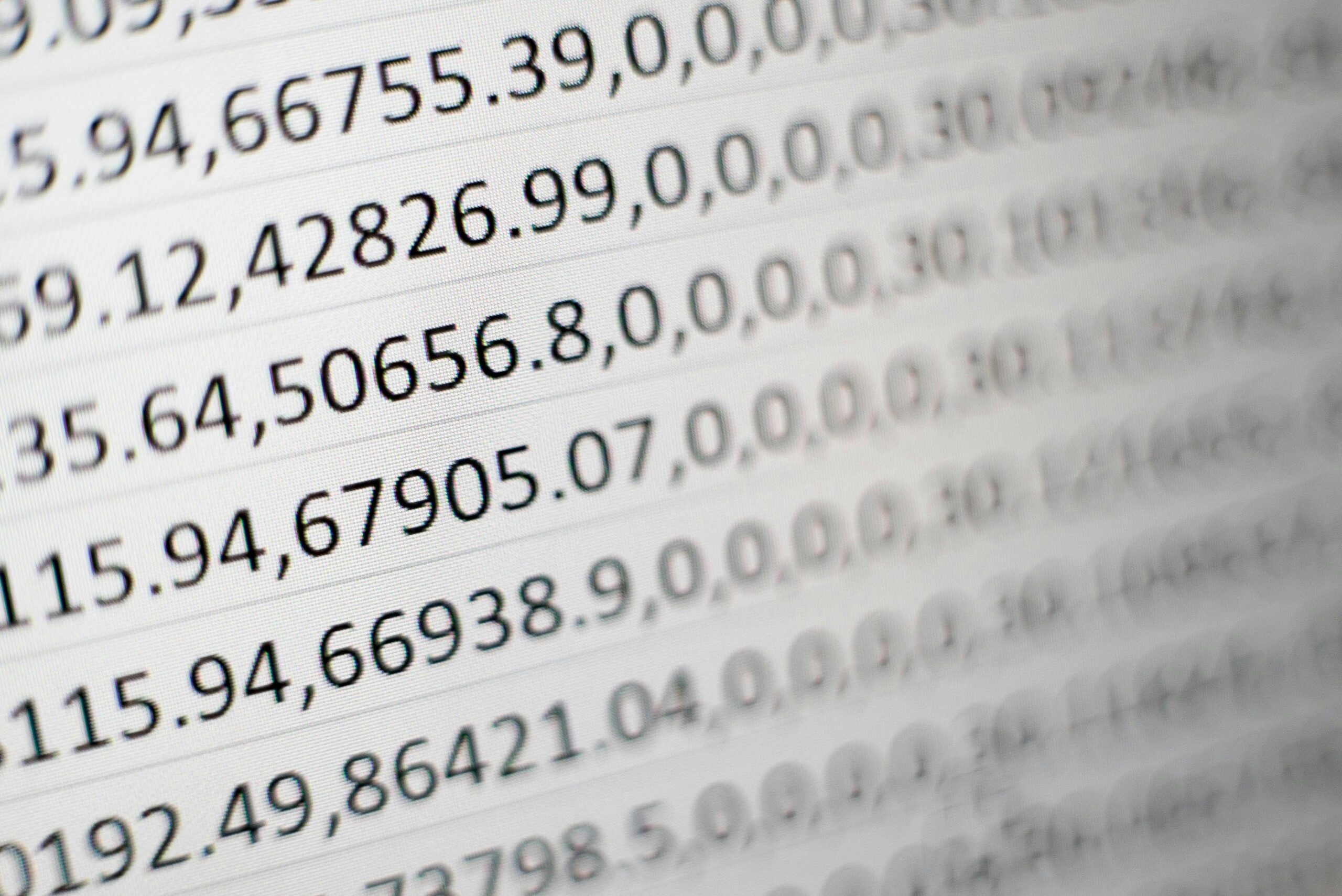Are you struggling to understand relative difference and absolute difference? We’ve got you covered.
Whether you’re a math enthusiast or just looking to brush up on your skills, we’re here to guide you through the subtleties of these concepts.
We know the frustration of trying to grasp mathematical concepts without a clear explanation.
Let us help you find the way through the confusion and simplify the complexities of relative and absolute differences, making it easier for you to assimilate and apply in real-world scenarios.
With years of experience in the field of mathematics, we are your go-to source for reliable information and expert guidance.
Trust us to break down the changes between relative and absolute differences in a way that echoes you, enabling you to tackle any math problem with confidence and ease.
Key Takeaways
-
- Relative Difference: Compares the difference between two values concerning their average, providing a percentage for a better understanding of variance.
-
- Calculating Relative Difference: The formula involves absolute difference divided by the average of values, useful for comparing values across different units or scales.
-
- Importance of Relative Difference: Enables normalized comparison of data sets with varying scales, aiding in identifying trends and making smart decisions.
-
- Absolute Difference: Calculates total numerical variance between two values without considering scale or context, providing clear ideas about the difference.
-
- Calculating Absolute Difference: Involves subtracting one value from another to measure numerical variance, useful for error analysis and quality control.
-
- Importance of Absolute Difference: Offers an exact way to measure variance between values, important for data analysis and decision-making in various fields.
Understanding Relative Difference
When it comes to relative difference, it’s super important to grasp the concept of comparing the difference between two values concerning their average.
This comparison provides a percentage or proportion that helps us understand how much one value varies concerning another.
It’s critical that after all relative difference is dimensionless, making it ideal for comparing values of different units or scales.
This property allows us to assess changes or variances irrespective of the magnitude of the values involved.
Understanding relative differences enables us to make comparisons that consider the scale or context of the values being looked at.
This comprehension plays a huge role in various fields, such as finance, science, and economics, where percentages and variations are key indicators for decision-making.
Exploring real-world examples and applications of relative difference can further improve our grasp of this concept.
Calculating Relative Difference
When it comes to Calculating Relative Difference, it’s super important to understand the formula behind it.
The formula for the relative difference is straightforward: it’s the absolute difference between two values divided by the average of those values, multiplied by 100 to get a percentage.
Understanding this method is critical for comparing values across different units or scales.
Whether in finance, science, or economics, knowing how to calculate relative differences enables us to make meaningful comparisons that transcend individual numerical values.
By investigating real-world examples and practical applications, we can further improve our grasp of relative differences.
Importance of Relative Difference
Relative difference is a powerful tool that allows us to compare data sets with varying scales or units.
It provides a normalized measure of the difference between two values, making it easier to interpret and evaluate.
By using relative difference, we can identify percentage changes in values and understand the magnitude of variations relative to the average.
When dealing with complex data, such as financial indicators or scientific measurements, the importance of relative difference becomes evident.
It enables us to spot trends and patterns that might not be apparent when solely focusing on absolute changes.
By emphasizing proportional changes, we gain more insight into the relationship between values.
In fields like economics and statistics, where comparisons are important for decision-making, understanding relative differences is key.
It assists us in evaluating trends over time, assessing performance, and making predictions based on historical data.
By using the power of relative difference, we can make more informed choices and drive strategic decisions.
Understanding Absolute Difference
When it comes to comparing values, absolute difference is a key concept to grasp.
It simply calculates the total numerical difference between two values without considering their scale or context.
This measure is straightforward to understand, making it useful in various applications.
In essence, absolute difference provides an exact value indicating how much one number differs from another.
For example, if we are comparing the temperatures of two cities, with City A at 80 °F and City B at 75 °F, the absolute temperature difference would be 5 °F (|80 – 75|= 5).
In data analysis, absolute difference helps in pinpointing the exact variance between values, irrespective of their magnitude.
Now, it does not provide ideas about the relative significance of this difference.
This is where relative difference comes into play, giving a normalized perspective that considers the scale of the values being compared.
Calculating Absolute Difference
When Calculating Absolute Difference, we simply subtract one value from another to determine the numerical variance between them.
It’s a straightforward method that provides a clear measurement of the not-the-same without regard to context or scale.
For example, if we have numbers 8 and 3, the absolute difference would be **|8 – 3|= 5**.
In data analysis, absolute difference helps us quantify discrepancies between values, which is useful for various applications, such as error analysis and quality control.
By evaluating the absolute difference, we can identify how many individual values deviate from each other.
This method is particularly beneficial when we need an exact understanding of the total variance between two data points or sets.
The Importance of the Absolute Difference
When it comes to data analysis and statistical measurements, understanding the Importance of Absolute Difference is critical.
Absolute difference provides an exact and quantifiable way to measure the variance between two values, giving a clear picture of the numerical difference without considering direction.
This makes it a useful tool for various applications, ranging from quality control to error analysis.
By calculating the Absolute Difference between values, we can obtain reliable and objective ideas about the extent of the difference, which is important for making smart decisions based on data.
It serves as a foundation for comparing data points, identifying discrepancies, and determining accuracy in various scientific and analytical fields.
In practical terms, Absolute Difference helps eliminate the impact of negative values and allows us to focus solely on the magnitude of change.



